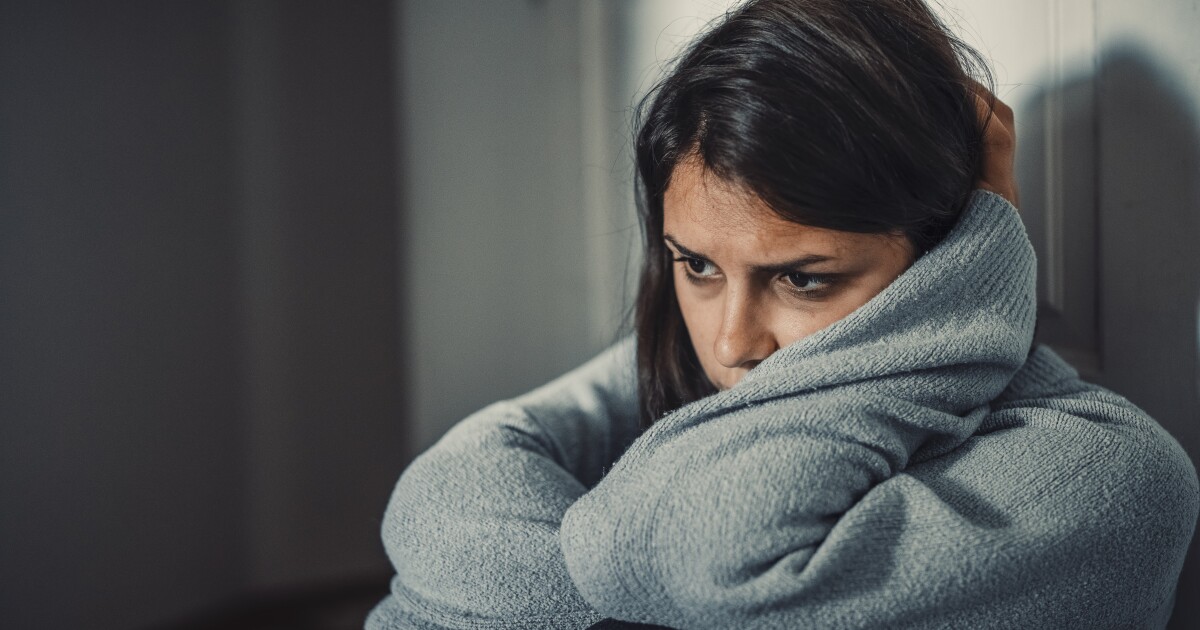

Depression rates among U.S. adults have skyrocketed in the last 10 years, a new survey reports.
The increase comes as Surgeon General Vivek Murthy declared an “epidemic of loneliness and isolation” in the United States earlier this month.
BIDEN CAMPAIGN TO SPOTLIGHT GREEN POLICIES IN APPEAL TO YOUNGER VOTERS
According to Gallup, nearly 18% either have or are being treated for a recent case of depression, which is up 7 percentage points from 2015, when the analytics company first started tracking the data. The percentage of people who said they had a depression diagnosis is 29%, up nearly 10 points from 2015.
Depression was on the rise in America prior to the pandemic, but Gallup reported that the rates spiked significantly in the aftermath of COVID-19.
America’s young people have taken the hardest hit in terms of loneliness and depression — something Murthy says is as deadly as smoking just under a pack of cigarettes a day. Young people also had a much higher chance of being single, which might exacerbate feelings of loneliness that could lead to depression.
Women and adults aged 18-44 have the fastest-growing rates of depression, compared to 2017.
Women and young adults have the highest rates of present depression, with nearly 24% of women reporting their recent diagnosis or treatment and nearly 25% of male and female adults aged 18-29 reporting the same. The rate of depression for women increased by 6.2 points, while the rate for young adults increased by 11.6 points.
Adults aged 44 or older have much lower rates of depression diagnosis or treatment, with those aged 44-64 reporting 16.2%, a 2.2-point increase, and those 65 and older reporting 11.9%, a decrease of 0.2 of a point.
Many more women than men reported having been diagnosed with depression, with nearly 37% reporting a diagnosis, compared to just over 20% of men. Since 2017, women experienced double the growth rate in depression diagnoses compared to men.
Women have historically reported higher rates of depression than men, but the increase for men comes as some, including Sen. Josh Hawley (R-MO), call for a revival of masculinity in response to the state of men nationwide in most metrics of success.
“All is not well with men in this country,” Hawley wrote in an op-ed Tuesday. “The numbers tell the tale. Men are lonelier than ever before. They’re dropping out of the labor force in greater numbers than ever before. They’re struggling more with drug abuse and alcohol. They increasingly forego a college education, even as they delay getting married and having kids.”
CLICK HERE TO READ MORE FROM THE WASHINGTON EXAMINER
Across age cohorts, younger people report “significantly greater” lifetime depression diagnoses, with adults 44-64 reporting just over 26%, only a 5.7-point increase, and 21.3% of those 65 and older reporting a diagnosis, a 2-point increase.
The increased depression trend does not stop with adults, with the Centers for Disease Control and Prevention recently reporting a drastic increase in depression and thoughts of suicide among teenagers, particularly girls.





